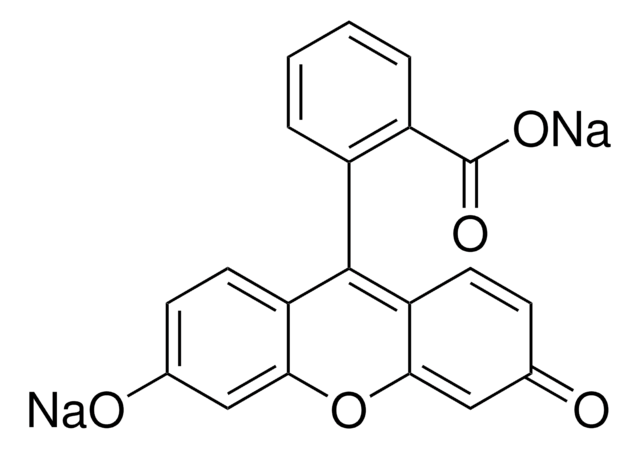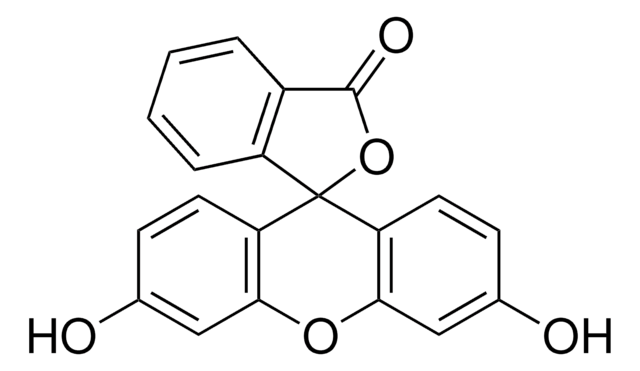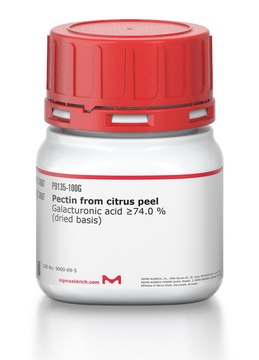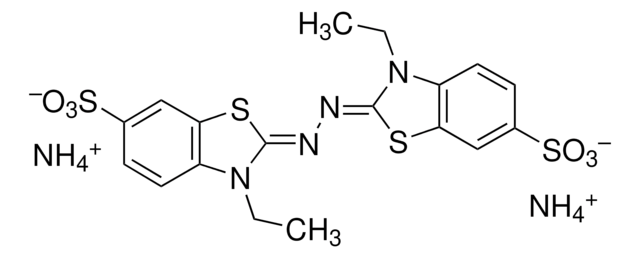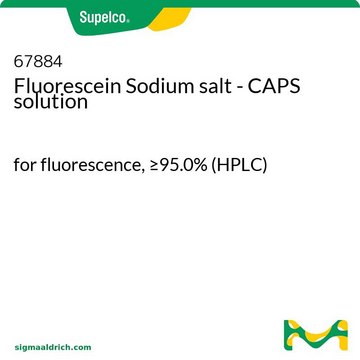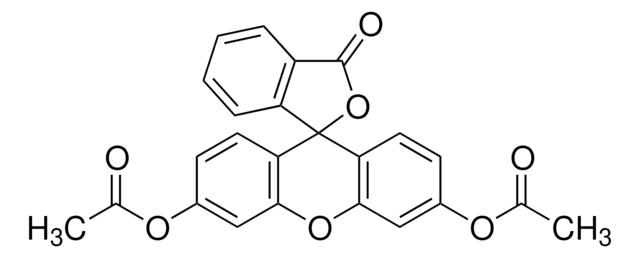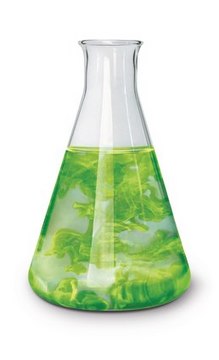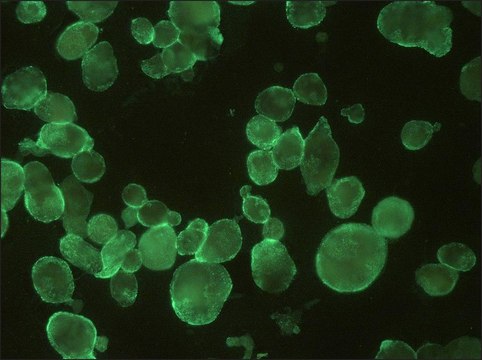SRP3306
SCD40 LIGAND
Animal-component free, recombinant, expressed in E. coli, ≥98% (SDS-PAGE), ≥98% (HPLC)
Synonym(s):
CD154, TNFSF5, TRAP, gp39
Select a Size
Select a Size
About This Item
Recommended Products
biological source
human
recombinant
expressed in E. coli
Assay
≥98% (HPLC)
≥98% (SDS-PAGE)
form
lyophilized
potency
5-10 ng/mL ED50
mol wt
16.3 kDa
packaging
pkg of 50 μg
impurities
endotoxin, tested
UniProt accession no.
shipped in
wet ice
1 of 4
This Item | 46970 | 1.03887 | 46960 |
|---|---|---|---|
| technique(s) titration: suitable | technique(s) - | technique(s) - | technique(s) titration: suitable |
| fluorescence λex 460 nm; λem 515 nm(lit.) | fluorescence λex 460 nm; λem 515 nm(lit.) | fluorescence - | fluorescence λex 460 nm; λem 515 nm(lit.), λex 490 nm; λem 514 nm in 0.1 M Tris pH 8.0 |
| color orange to brown | color - | color red-brown | color - |
| solubility H2O: 1 mg/mL | solubility - | solubility 500 g/L | solubility - |
| application(s) diagnostic assay manufacturing | application(s) - | application(s) - | application(s) - |
| form powder | form powder | form powder | form powder |
General description
Biochem/physiol Actions
Physical form
Reconstitution
Storage Class Code
11 - Combustible Solids
WGK
WGK 3
Flash Point(F)
Not applicable
Flash Point(C)
Not applicable
Choose from one of the most recent versions:
Certificates of Analysis (COA)
Don't see the Right Version?
If you require a particular version, you can look up a specific certificate by the Lot or Batch number.
Already Own This Product?
Find documentation for the products that you have recently purchased in the Document Library.
Customers Also Viewed
Our team of scientists has experience in all areas of research including Life Science, Material Science, Chemical Synthesis, Chromatography, Analytical and many others.
Contact Technical Service